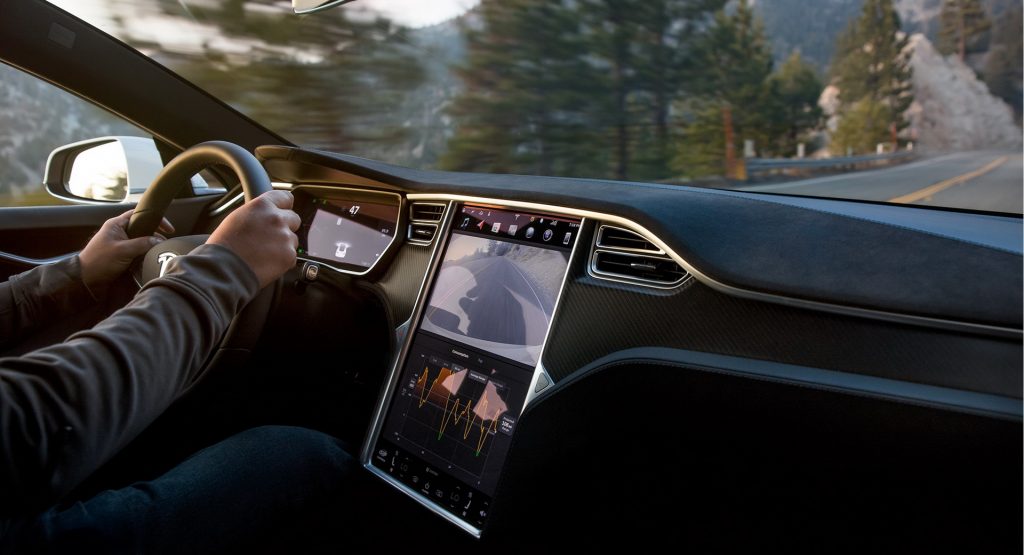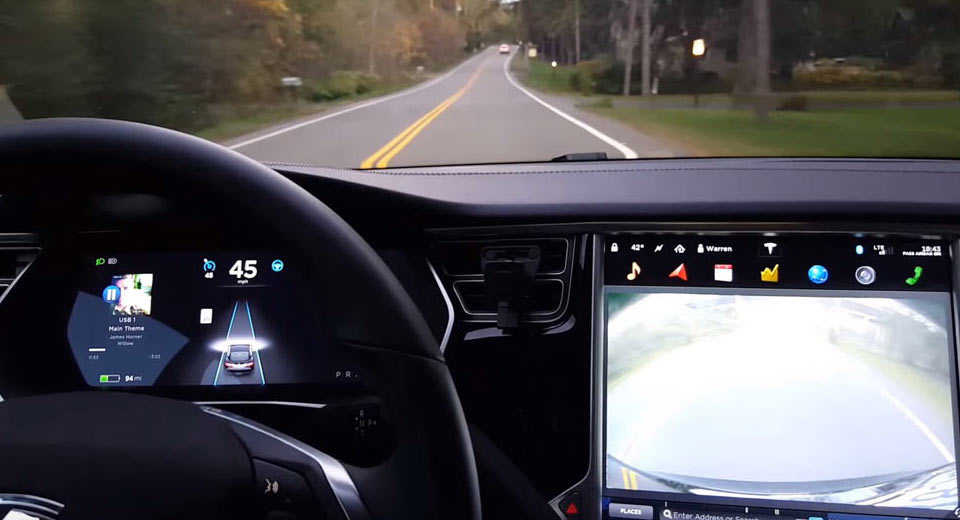A study from the Massachusetts Institute of Technology (MIT) has revealed that drivers using Tesla’s Autopilot system are less attentive when the system is enabled.
The report has been following Tesla Model S and Model X owners during their daily routine over a year or more in the greater Boston area. These vehicles were equipped with the Real-time Intelligent Driving Environment Recording data acquisition system1 that collects data from the CAN bus, GPS, and three 720p video cameras. These sensors track a driver’s interaction with key vehicle controls, mileage, location and driver’s posture, face, and the view in front of the vehicle, Tech Crunch reports.
Read Also: NHTSA Asks 12 Automakers For Help In Tesla Autopilot Investigation
Having collected almost 500,000 miles worth of data, the MIT study revealed that “visual behavior patterns change before and after [Autopilot] disengagement.” Specifically, the study says that “before disengagement, drivers looked less on road and focused more on non-driving related areas compared to after the transition to manual driving. The higher proportion of off-road glances before disengagement to manual driving were not compensated by longer glances ahead.”
The study revealed that a majority of off-road glances were directed downwards and toward the center stack region and were presumed to be “non-driving related.” These glances, which are associated with the driver looking at their mobile phone or infotainment system, were longer and far more frequent when Autopilot was engaged than when the driver was in control of the vehicle.
The release of this study comes shortly after Elon Musk announced that Tesla is starting to roll out its latest ‘Fully Self-Driving’ beta system to thousands of additional Tesla owners. The automaker has revealed it will use telemetry data to capture personal driving data over a seven-day period to ensure drivers using the system remain attentive enough. This data could also be used to form a safety rating that tracks the owner’s vehicle and is linked to their insurance.




